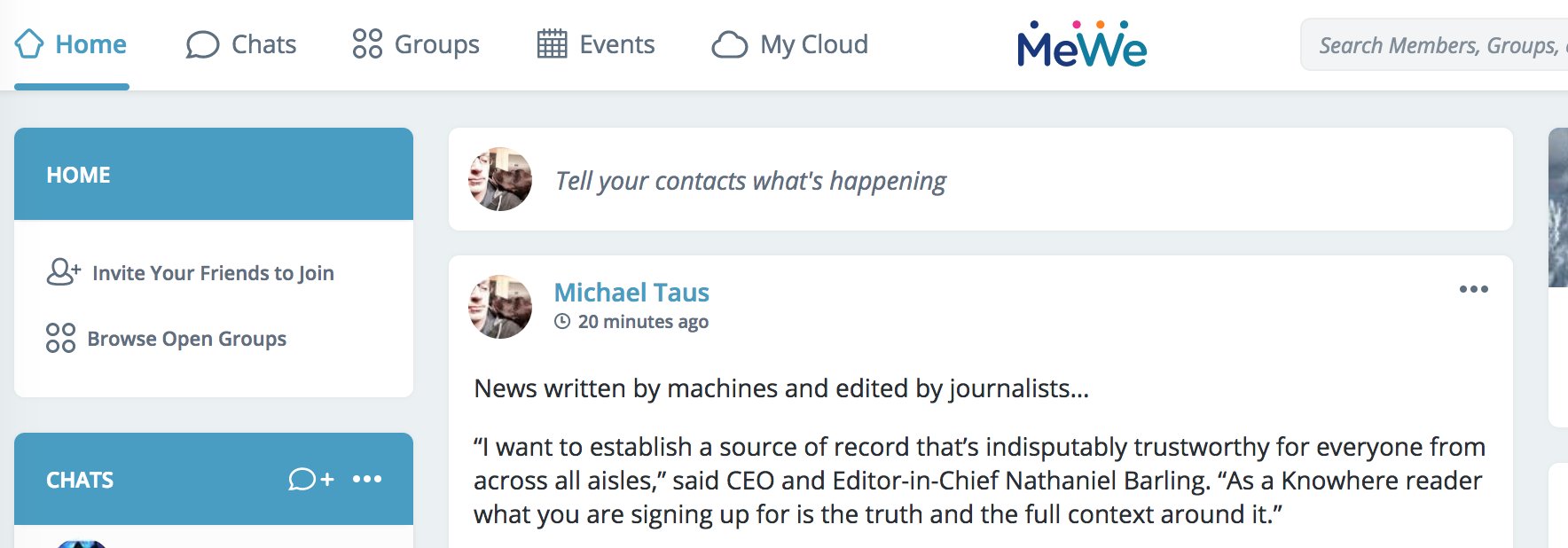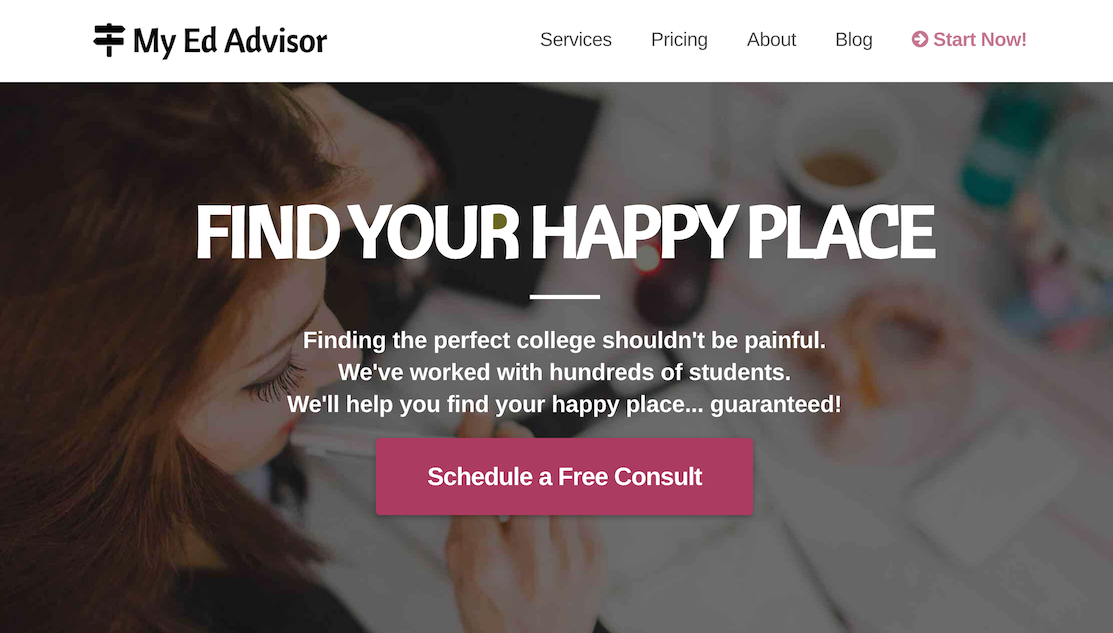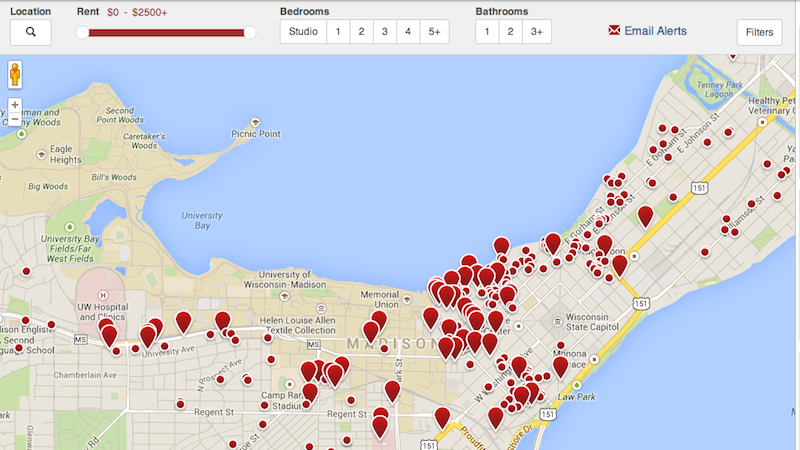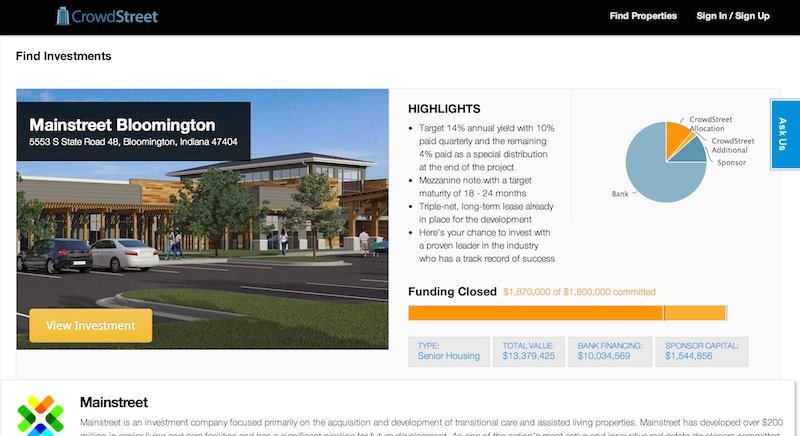 Hey friends! You’ve prob seen some delete Facebook stuff. Clearly they’ve made some mistakes. So in an effort to help push Fb to a stronger privacy policy, I’ve joined MeWe. I’m not planning on leaving Fb but if you’re so inclined feel free to connect with me on mewe...
Hey friends! You’ve prob seen some delete Facebook stuff. Clearly they’ve made some mistakes. So in an effort to help push Fb to a stronger privacy policy, I’ve joined MeWe. I’m not planning on leaving Fb but if you’re so inclined feel free to connect with me on mewe...
 Happy to announce that we just launched a new website for Dayna’s new education consultant business, MyEdAdvisor. Dayna has been working with high school and college students for more than 20 years, providing a combination of mental health and educational...
Happy to announce that we just launched a new website for Dayna’s new education consultant business, MyEdAdvisor. Dayna has been working with high school and college students for more than 20 years, providing a combination of mental health and educational...
 I just published a piece about the importance of having a conversation with Millenials, rather than directing traditional “top down” advertising at them. The article includes 10 ideas that can help you connect with them on their terms. Read the complete...
I just published a piece about the importance of having a conversation with Millenials, rather than directing traditional “top down” advertising at them. The article includes 10 ideas that can help you connect with them on their terms. Read the complete...
 It’s been more than a dozen years since I left Rent.com. Needless to say, I didn’t expect to jump back in to the multifamily space. But after working pretty closely as an advisor with the team at ABODO, I’m excited to be joining their team as the VP,...
It’s been more than a dozen years since I left Rent.com. Needless to say, I didn’t expect to jump back in to the multifamily space. But after working pretty closely as an advisor with the team at ABODO, I’m excited to be joining their team as the VP,...
 After a almost a year of product development, marketing and customer development, I’m excited to be launching CrowdStreet, a commercial real estate crowdfunding platform. The $254 billion commercial real estate financing market is ripe for disruption....
After a almost a year of product development, marketing and customer development, I’m excited to be launching CrowdStreet, a commercial real estate crowdfunding platform. The $254 billion commercial real estate financing market is ripe for disruption....






